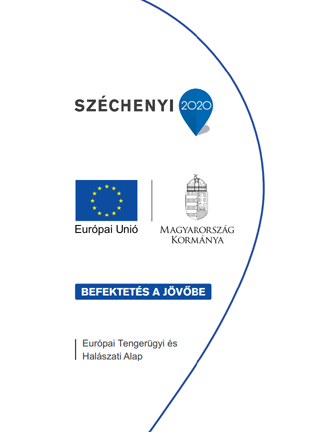
EFFECTS OF DIETARY ALPHA-TOCOPHERYL ACETATE ON LIPID OXIDATION FARMED RAINBOW TROUT (ONCORHYNCHUS MYKISS) FILLETS
George Liviu Mihalca1, Ovidiu Tiţa1, Ana Mihalca2, Zsuzsana J. Sándor3
1”Lucian Blaga” University, 550012,Str. Ion Raţiu, Nr.5-7, Sibiu, România, mihalca.liviu@yahoo.com
2”Ţara Bârsei” College of Prejmer, Prejmer, str. Brasovului, nr. 160A
3Research Institute for Fisheries, Aquaculture and Irrigation, Szarvas, Hungary
Abstract
Keywords: Trout fillets; Aquatic foods; Lipid oxidation; Total fat; Antioxidant; Omega-3 fatty acids
Flaxseed oil (FO) contains highest concentration of ω-3 fatty acid (FA) among plant-derived oils. Therefore, flaxseed oil may be used to supplement trout diets in order to increase the ω-3 FA content in fillets. However, the ω-3 FA are highly unsaturated, and therefore, susceptible to oxidation in fish fillets. Lipid oxidation causes meat quality deterioration, typically associated with development of rancidity. Hence, the FO-supplemented trout diets may need to be enhanced with higher concentration of an antioxidant to counteract lipid oxidation of fillets. The objective of this research was to determine lipid oxidation and potential strategies to increase oxidative stability of the fillets recovered from omega-3-enhanced farmed rainbow trout fed diets supplemented with FO and α-TA.
In the feeding experiment a trout diet was supplemented with 0, 8.5, or 15 g/100 g of flaxseed oil (FO). To prevent lipid oxidation of fillets, FO-supplemented diets were also enhanced with 0, 400, and 900 mg/kg of alpha-tocopheryl acetate (α-TA). Total fat, moisture content, and lipid oxidation of fillets were determined following fish harvest on days 0, 30, 60, 90, and 120. The experiment took place at Hărman Farm of Doripesco SA,
Regardless of supplementing trout diets with FO or α-TA, no (P>0.05) difference of the total fat in fillets was measured. The effect of retarding lipid oxidation in fillets was recorded after supplementing trout with α-TA for 60 days. Our results indicate that regardless of FO level in trout diet, 900 mg/kg of α-TA can prevent lipid deterioration of fillets. However, to achieve more pronounced antioxidant effect in the ω-3- enhanced trout fillets, a synergetic effect of antioxidants and anaerobic packaging with α-TA supplementation should be investigated.
References
AOAC. (1995). Official methods of analysis (16th ed.).
Jaczynski, J., and Park, J. W. (2003). Physicochemical properties of surimi seafood as affected by electron beam and heat. Journal of Food Science, 68, 1626–1630
Researches realized within the project POSDRU/6/1.5/S/26 funded of the Social European Fund by the Sectorial Operating Programm ”DEVELOPMENT OF THE HUMAN RESOURCES 2007 –
Programajánló
Hírek
Tisztelt Látogatók!
A hazai agrár-felsőoktatás szükséges megújulásának mérföldköve az alapítványi fenntartású Magyar Agrár- és Élettudományi Egyetem (MATE) létrejötte, amely 2021. február 1-től 5 campuson, több mint 13 ezer hallgató számára fogja össze a dunántúli és közép-magyarországi élettudományi és kapcsolódó képzéseket. Az intézményhez csatlakozik a Nemzeti Agrárkutatási és Innovációs Központ (NAIK) 11 kutatóintézete is, így az új intézmény nem csupán egy oktatási intézmény lesz, hanem az ágazat szellemi, szakpolitikai és innovációs központjává válik, amely nagyobb mozgásteret biztosít a képzések, a gazdálkodás és szervezet modernizálásához, fejlesztéséhez. Az összeolvadással magasabb fokozatra kapcsolunk, a kutatói és egyetemi szféra szorosabban fonódik majd össze, aminek következtében még több érdekes, izgalmas kutatás-fejlesztés születhet majd az agrárium területén.
Kérjük, kövesse tevékenységünket a jövőben is a www.uni-mate.hu honlapon!
A szokásostól eltérően az idei évben ősszel, október 03-04 között került megrendezésre az Ultrabalaton csapatversenye. NAIK-os csapat az idei évben állt először rajthoz a 14. alkalommal kiírt versenyen.


